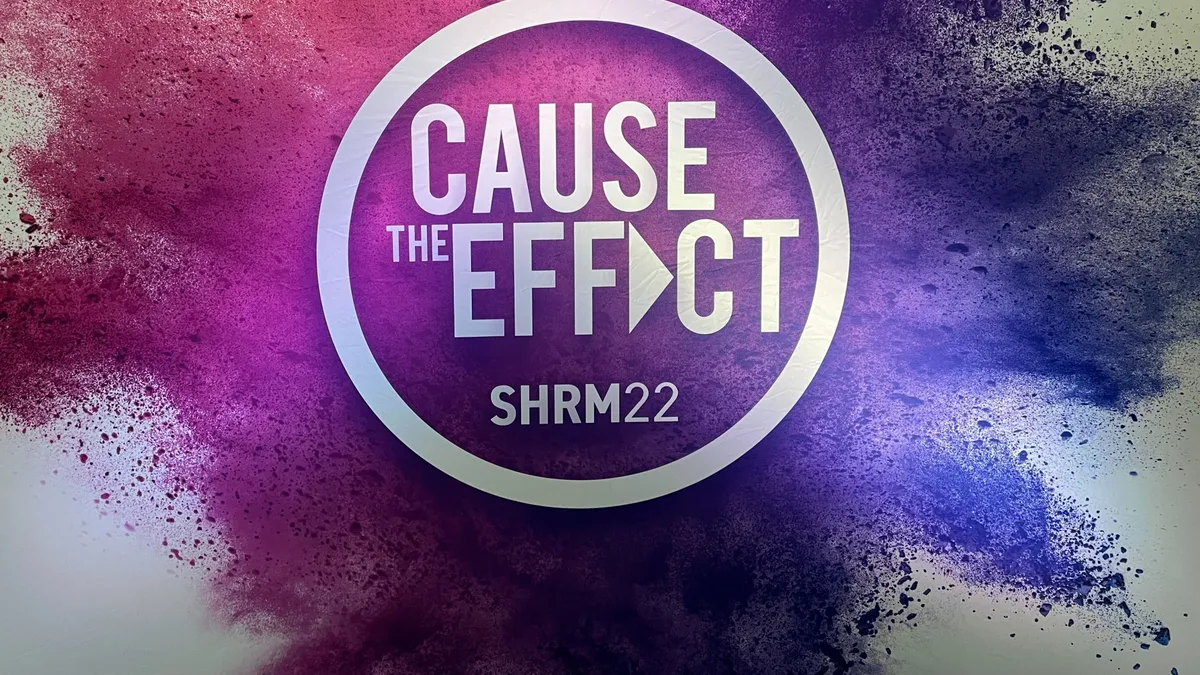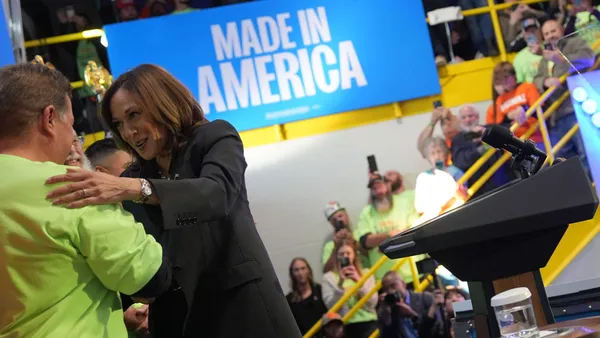Innovation is often the big differentiator between organizations that succeed and those that don’t, Britt Andreatta, CEO of a learning company, told attendees at the Society for Human Resource Management's annual conference June 13.
Referencing a 2010 global study, Andreatta said research revealed that 84% of executives tied future success to innovation. Still, she said, most organizations fall short in behaviors that actually support innovation.
She said she has seen a difference, at times, between what a company says and what it does. “I’ve gone into some organizations that have the most beautiful mission statements on the wall and have even spent thousands of dollars on art work for their values and mission statements around innovation and creativity, and yet …[it’s] a culture of blame and shame,” said Andreatta. “Even though they say ‘trying and failing is okay,’ the minute someone fails, they’re completely sidelined, or ridiculed, or rejected.”
That disconnect can have a profound impact on employees, according to 2015 research: Andreatta said researchers studying exclusion administered a mildly exclusionary experience and found that, based on MRI readings, subjects’ brains registered the exclusion as physical pain. “Think about that,” she said, to conference attendees. “[Y]our body registers [exclusion] as if you were hit.
To prevent such situations, learning and development pros can prioritize organizational characteristics and leadership qualities that foster a culture of creativity and maximize innovation, Andreatta said.

Notably, those qualities differ from role to role.
“For managers, it's in your daily words and actions that you create the culture in which people can thrive or falter. If you want to cultivate creativity and innovation, you have to know what psychological safety is and how to create it every day,” she explained in a follow-up interview with HR Dive.
For executives, whom she described as anyone with decision-making authority or influence at the VP level and above, “your organization will ultimately only succeed [in] an environment where people are encouraged and supported in learning and innovating. Your policies, practices and personal actions send the message about what you really support. Be intentional about creating a culture in which people can do their best work.”
In her message to learning leaders, Andreatta said “neuroscience has proven that people can learn new skills, including creativity, at any time in life, so be sure your learning strategy and catalog gives employees, [including] managers and executives, the information they need to succeed.”
Ultimately, Andreatta said, “we want to always be learning,” and that requires strong cultural facilitation and support.













